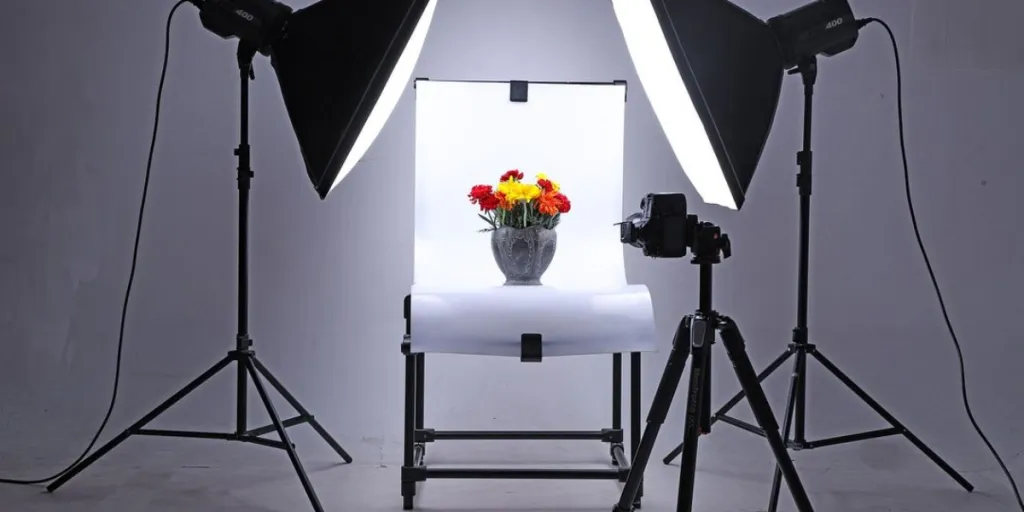A product photo goes beyond showcasing your product and how it can benefit potential buyers. Great product photos help shape customers’ buying decisions, convey vital information, and represent what your brand’s all about.
But why are good product photos on Amazon critical to your business’s success? How can you use Amazon product photography to fuel your business’s growth? How can good product photos help bolster your marketing efforts?
Why good product photos are crucial for your Amazon business
Make a strong first impression
It can take anywhere between 17 and 50 milliseconds for people to form an impression. This gives brands a very short window to make a strong first impression on their target audience. Once that impression’s been made, changing your audience’s perception can be a tough challenge. Product photos can influence your target audience’s judgments. Using high-quality photos allows them to learn more about your product’s quality and how it can potentially solve their pain points. Using low-quality or unappealing product photos for your Amazon listings can deter potential customers from checking out your brand and what you have to offer.
Help tell your brand story
Using multiple product images, such as lifestyle photos and infographics, can help you tell your brand’s story to potential customers. For example, you can use lifestyle photos to highlight how your product can solve their pain points or how it can add value to their daily lives. Moreover, being consistent with the product photos helps reinforce your brand identity and aids in brand recall, which plays a role in nurturing customer loyalty and driving conversions and sales.
Convey product value
Product photography allows you to communicate your product’s value and quality to potential buyers. For instance, you can highlight certain features or benefits of your product to help it stand out and make a stronger case for them to choose your product over your competitor’s. Furthermore, by showcasing your product from different angles, you’re providing customers with a better look at your product and what it’s actually like, helping eliminate guesswork.
Gain a competitive advantage
You’ll be up against a lot of competition on Amazon, and using compelling product photos can help your business and product stand out. The quality of your product photos can help buyers decide whether they’re going to purchase from you and not from your competitor, especially if you’re selling the same items at the same price point.
Build and nurture customer trust
Great photos can guide customers along their buyer’s journey. High-quality photos let you present your brand and product in a more professional light, which communicates to buyers that you’re a reliable brand that provides high-quality products and understands their unique needs and challenges. Using striking and polished product photos can help gain and nurture customer trust, which, in turn, can translate to better conversion and retention rates. Additionally, using appealing images can benefit your post-sales marketing efforts. For instance, you can use your product images for advertising or targeted emails to consistently remind your customers about your brand.
Bolster visual marketing efforts
Visual content marketing refers to the use of engaging visuals to convey your message and capture your audience’s attention. It reinforces customer loyalty and brand recognition, as well as complements your SEO efforts. High-quality product images and short-form videos can strengthen your overall marketing efforts. For instance, if you’re using social media to promote your Amazon business, then you’re likely using photos and videos. Marketers use video (50%) and images (47%) in their marketing strategy. Furthermore, these two formats pull in the highest ROI at 25% and 12%, respectively, compared to other formats like blog posts and case studies.
Amazon product image requirements to keep in mind
High-quality product images are crucial for driving sales on Amazon. Aside from showcasing your product’s unique features and value, they help customers assess your products and learn more about them. When you upload your images on the platform, Amazon checks them to see if they meet its technical requirements.
Images that don’t meet Amazon’s image requirements or are in violation of the platform’s Selling Policies and Seller Code of Conduct may be removed. Furthermore, images that don’t meet the platform’s image requirements will result in the product listing being suppressed from search results. it’s worth noting that Amazon may modify your images so that they meet the platform’s requirements and provide better experiences for customers.
Technical requirements
- Amazon prefers images that are larger than 1,000px on each side, but they mustn’t exceed 10,000px on the longest side. This enables potential buyers to zoom in and see details, which can help with sales. Doing so also lets you showcase specific features.
- While Amazon prefers the JPEG (.jpg or .jpeg) file format, you can also upload images in the PNG or GIF (non-animated) file formats.
- Images should be unpixellated and have clear, unjagged edges.
Main product images
- Refrain from using placeholder images or illustrations. Instead, use professional-quality images that accurately and realistically represent your products.
- The product should make up 85% of the image.
- Avoid adding design elements, like text or watermarks, that cover the product or are placed in the background.
- Product images should be complete and not have any parts that are cut off.
All product images
- The images should coincide with the product’s listing. You may include other objects in the image, provided that they can help show how your products are used.
- Images mustn’t contain any Amazon logos, trademarks, or badges, including their variations or modifications that will make them look similar to the platform’s logos, trademarks, and badges.
- Images shouldn’t include elements like customer reviews, ratings, claims, and seller-specific information. However, you can include text and graphics as long as they can help explain your product’s features or uses.
Amazon Seller Central has a full list of the platform’s product image requirements, including guidelines for multipack imaging and images for clothing.
Amazon image types
The images you can upload on Amazon will depend on the category that your product falls under. When taking product photos, keep in mind that they have the power to influence your audience’s purchasing decisions. Therefore, it’s always best to use high-quality images that showcase your product’s value or unique features. Below are some of the image types that work best for Amazon product listings.
Hero image (Main image)
This will be the first image that your target audience will see. To capture their attention and win them over, make sure that you use scroll-stopping photos that pique their interest and make them want to know more about your product.

Secondary image
Secondary images come after the main or hero image. For this image type, you can add photos of your product from different angles. Depending on what you’re selling, you may use several slots for your secondary images.

Infographic
An infographic lets you highlight some of your product’s best features. This helps potential buyers see why they should choose your product and what separates it from others in the same market. For example, if you’re selling skincare products, you can zoom in on aspects like its benefits, key ingredients, and what the product does.
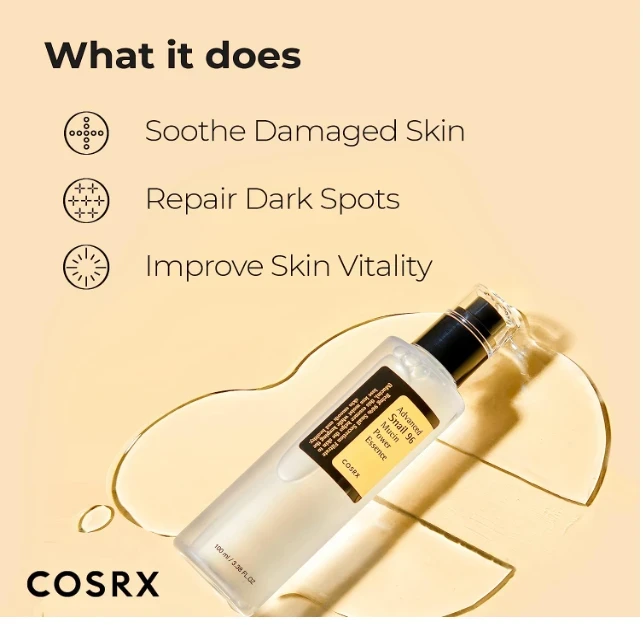
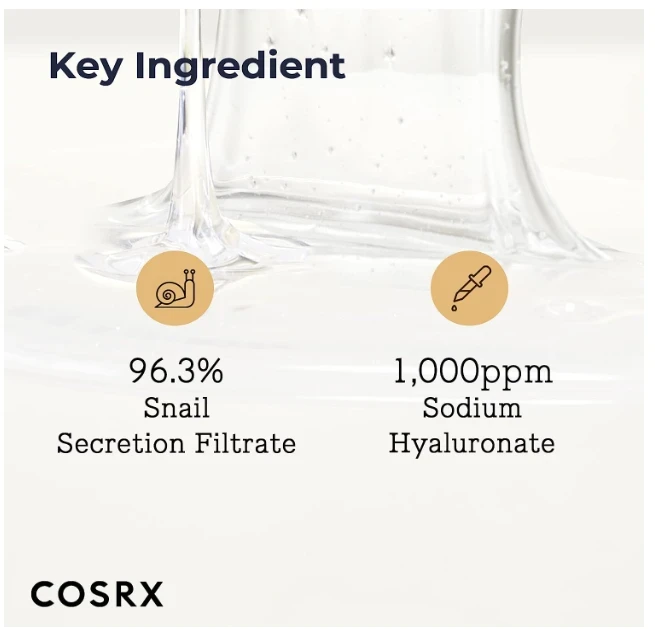
Lifestyle
Lifestyle images allow you to showcase your product in action and how it can add value to your audience’s life. These types of photos help you convey the story behind your product. For example, you can use lifestyle product shots to show how potential buyers can use your product or use before and after photos to show how your product can make a difference.
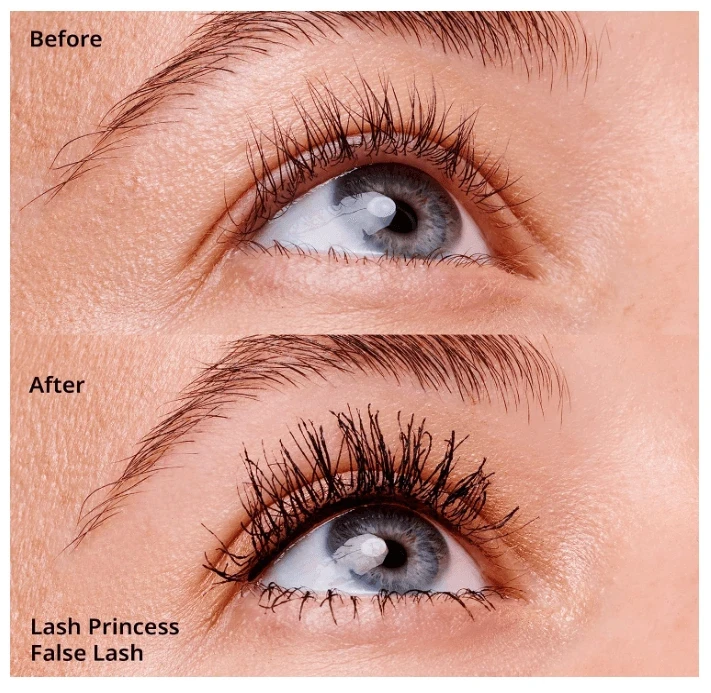
Basic Amazon product photography guidelines for 2023
Good visuals allow customers to see your products in greater detail, helping them make more informed purchasing decisions. Below are some basic tips to help you create more compelling product visuals:
- Include a high-quality video showcasing the product’s features and capabilities to help customers visualize your product and its benefits better.
- Take photos of your product from different angles to help customers get a better idea of what they’re looking at or planning to buy.
- Don’t use filters. Use high-resolution images that clearly convey product details.
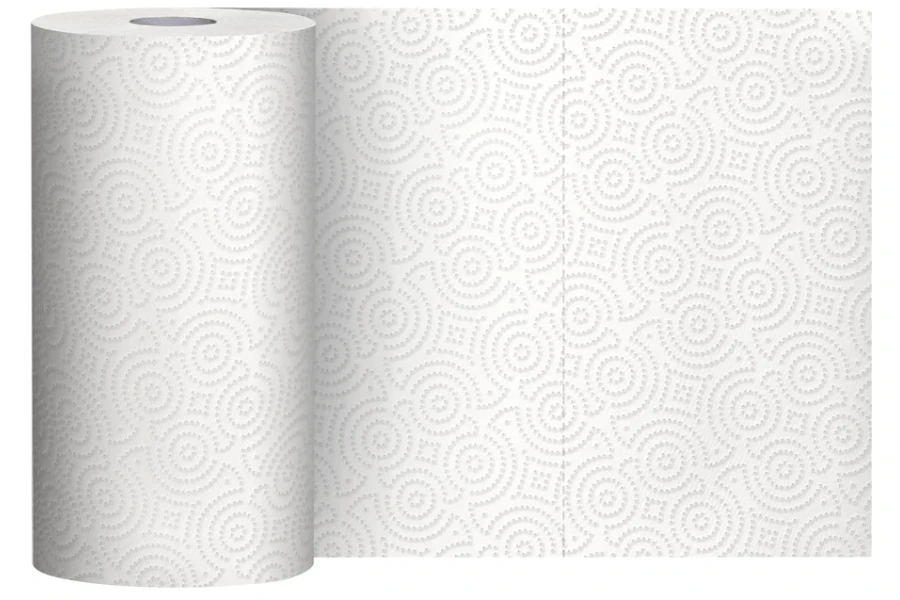
- Use a plain white background (according to Amazon, the background should have the following RGB color values: 255, 255, 255) and take photos in a well-lit area. The plain background helps put the focus on your product and its features.
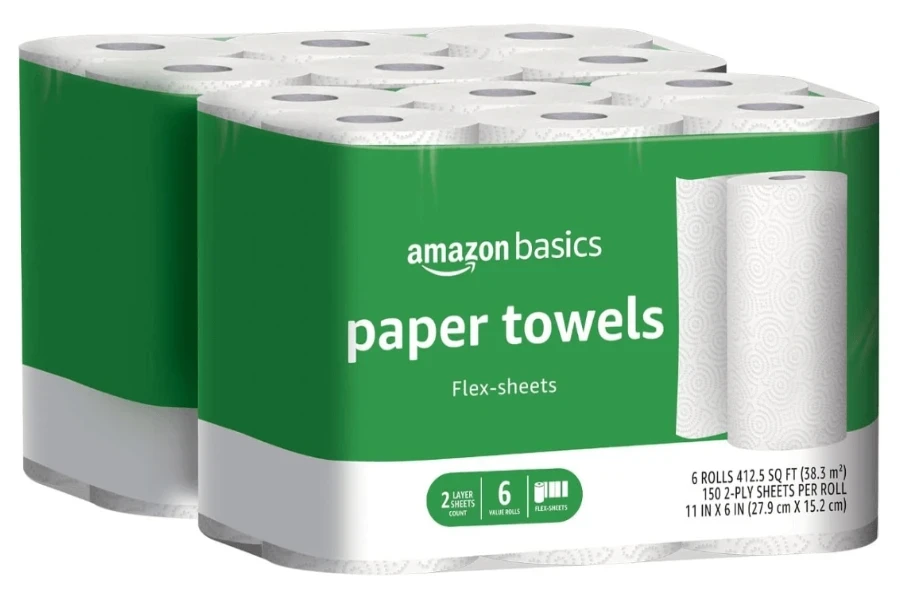
- Pay attention to your product’s size and aspect ratio in the images. A small product size may prevent potential buyers from clearly seeing the product’s details, while a product size that’s too large may lead to some features going out of focus.
- Don’t use indecent or offensive images. When photographing intimate apparel, for example, it’s best to focus on the product instead of the model or mannequin.
- Consider using the Amazon Service Provider Network, which is essentially a network of vetted third-party service providers who can help you grow your business on the platform, from FBA preparation to imaging.
Optimizing your Amazon product photography to drive conversions
Build your shot list
A shot list is basically an outline of the images you need to capture during the photoshoot. Having a shot list helps you plan out your shoot more thoroughly and optimize each image. Furthermore, it gives you an overview of all the things you need, plus who’s responsible for what (if you’re working with a team).
To start, you can picture how your product page will appear and how the images will look (including elements like the product title and description) once they’re on the page. Amazon will usually give you several slots for photos (up to six) and videos (one slot). For example, on your shot list, you can plan for one main listing image, three detailed images from different angles, one or two lifestyle images or infographics, and one short-form product video.
Use comparison charts
Comparison charts are helpful tools that allow potential buyers to see how your product fares in comparison to other similar products. It’s ideal to highlight your product’s key features that other similar products don’t have.
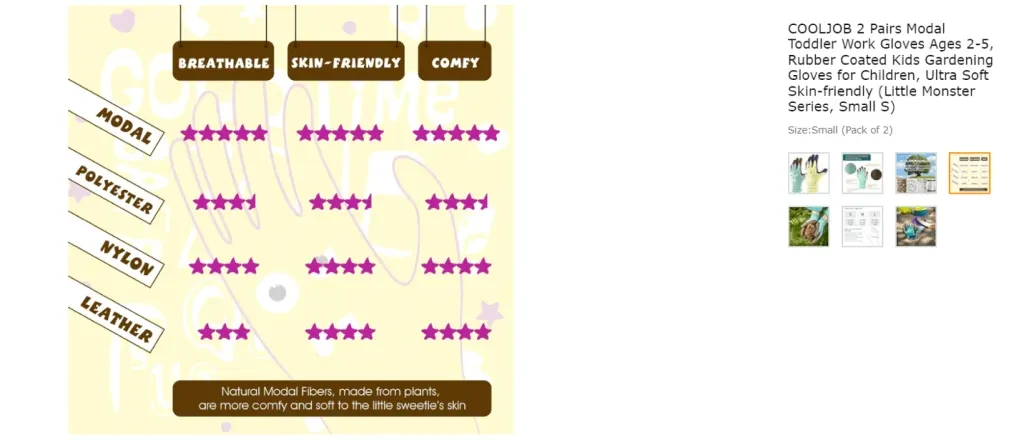
Add photo guides
Including photo guides or instructional photos helps potential buyers learn more about how to use your product properly. If your product needs to be assembled or if it comes in other sizes or variants, photo guides can help them decide which option is the best for them. The following examples show photo guides that help potential buyers measure their feet to find the right shoe size and find the trash bag size that suits their needs best.
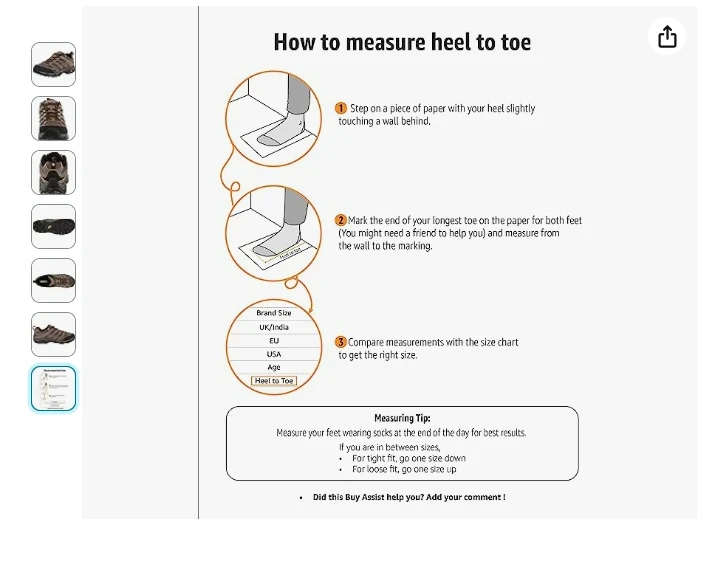
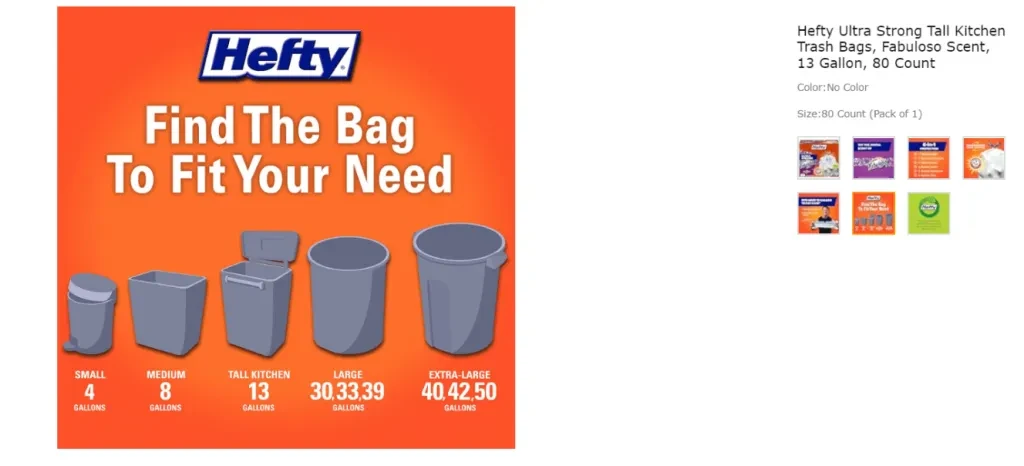
Utilize all available image slots
Amazon gives you several slots—up to seven or more, depending on the product category. Utilizing all the available slots allows you to provide customers a better view of your product. For instance, once you’ve chosen a hero or main image, you can use up to three image slots to showcase the product’s key features and benefits or what makes it different from the competitor’s product. You can use one or two slots for lifestyle images, while the last slot could be for a short-form video.
Follow Amazon’s category requirements
Amazon has very specific rules when it comes to product images for different categories, such as the inclusion of nutrition labels or the subject’s placement. Make sure that you regularly check the guidelines to stay on top of any requirement updates from Amazon.
Test your Amazon product photos
Testing allows you to see which photos work best. To perform tests, you can use third-party tools or services, such as Jungle Scout’s Jungle Stix split test, or you can run tests using Amazon’s Manage Your Experiments program, which lets you test elements like main product images, product titles, product descriptions, and bullet points.
Helpful product photography tips
Ready to take amazing photos for your Amazon product listing? Here are some actionable tips:
- Familiarize yourself with Amazon’s image requirements, especially those that apply to your product category.
- If you’re going the DIY route, make sure to have the right equipment, like a high-quality smartphone camera or DSLR camera, a white backdrop, a tripod, a background stand, and artificial lights.
- Clean your subject before the shoot. You wouldn’t want stray dust particles or streaks to appear in your final photos and make your product look “dirty”.
- Avoid taking zoomed-in photos of the subject, unless you’re highlighting important details or key features.
- Add a scale or measurements to your photos to help customers see your product’s actual size, such as when you’re selling accessories or furniture.
- Make sure that your camera has the right settings. If you’re using a DSLR camera, change your ISO to 100 to minimize image noise. Choose the right aperture to ensure that your products look sharper. Using a higher number, like f16, can result in sharper, more detailed images. When it comes to camera settings, you can always experiment to find out which ones give you the best results.
Common technical issues that sellers might face when uploading photos
You may encounter issues when uploading the images, such as adding blurry or pixelated images. Amazon may remove the product listings associated with images that don’t meet the platform’s requirements. Below are other common technical issues that sellers face.
Having a mismatched ASIN or variant
Adding an image that cannot be linked to an ASIN or variant may result in the upload process being unsuccessful. Amazon may reject images that have ASINs that are unrecognized by its system or have external IDs linked to the ASIN that haven’t yet been mapped by the system.
Using an unsupported file format
Amazon only supports the following file types:
- JPEG
- TIFF
- PNG
- GIF
Uploading images using other file extensions will not be recognized by the system and will likely be rejected.
Using a corrupted file
In some cases, such as when you’re uploading an image that’s too large or too small, or you’re using an unsupported file extension, you may receive an error stating that your image file is incomplete, corrupted, or in the wrong format. This error will cause the upload process to fail. To prevent this from occurring, make sure to follow Amazon’s image guidelines.
Submitting an image with an identical ASIN or variant
Uploading another image for the same ASIN or variant will likely cause errors during the upload. If you have older photos for the same ASIN or variant and you’re uploading new ones, then Amazon will likely prioritize the newer images over the older ones.
Key considerations to optimize Amazon product photography
Consider taking the photos yourself
If you have access to the right equipment and you know how to edit photos, you may want to consider taking the photos yourself. Make sure that you use a reliable camera. You can use smartphones, but investing in a good quality DSLR camera can help you take better product photos. When it comes to editing your photos, don’t go overboard with it. While you can enhance elements like their color or exposure, make sure to keep the edits realistic. Doing so allows you to highlight certain features or aspects of your product without the risk of your photos becoming misleading or unrealistic.
Hire a professional photographer
Alternatively, you can look into working with a professional photographer for high-quality product photography. You can search for local photographers or look for professional photographers who specialize in Amazon product photography. Working with professionals versus going the DIY route for Amazon product photography has several benefits. Aside from leveraging their expertise in the field and their creative eye to capture the best images of your product, you won’t have to purchase additional photography equipment or worry about post-processing. They’ll know how to present your products in a way that captures your audience’s attention. Plus, you’ll have more time to focus on growing your business.
Optimize your Amazon product listing
Aside from taking great product images, you’ll also have to consider optimizing your Amazon listing. Doing so allows you to tap into benefits such as standing out from the competition, improving your clickthrough rate and conversion rate for better sales and profits, driving more traffic to your listings, and improving the visibility of both your brand and your products. There are several ways to optimize your product listings. For instance, you can conduct keyword research to discover the search terms that your target audiences are using. You can also optimize your product title and product description by:
- Observing Amazon’s recommended title and description lengths
- Adding helpful information, such as key product features in the description
- Incorporating relevant keywords
- Using Amazon A+ content modules to create better product descriptions
Other ways you can optimize your Amazon product listing include getting more customer reviews, sharing your brand story, and running A/B tests on Amazon to boost sales by up to 25%.
Leverage Amazon A+ Content
Consider using Amazon A+ Content to bolster your marketing efforts on Amazon. When done well, Amazon A+ Content can drive traffic, conversions, and sales, build awareness, educate customers, and give you a competitive edge. Amazon A+ Content gives you access to modules that you can use to present enhanced product descriptions, tell your brand story, and use enhanced images to further entice potential customers into checking out what you have to offer.
Improving your Amazon product photography to grow your Amazon business
Amazon product photography is an essential element in growing your Amazon business. The good news is that there are several ways you can optimize your Amazon product photos to drive traffic, conversions, and sales. Try to experiment with different solutions to see which ones fit your needs best and look into using solutions like Threecolts to nurture your business’s growth.
Source from Threecolts
The information set forth above is provided by Threecolts independently of Alibaba.com. Alibaba.com makes no representation and warranties as to the quality and reliability of the seller and products.
